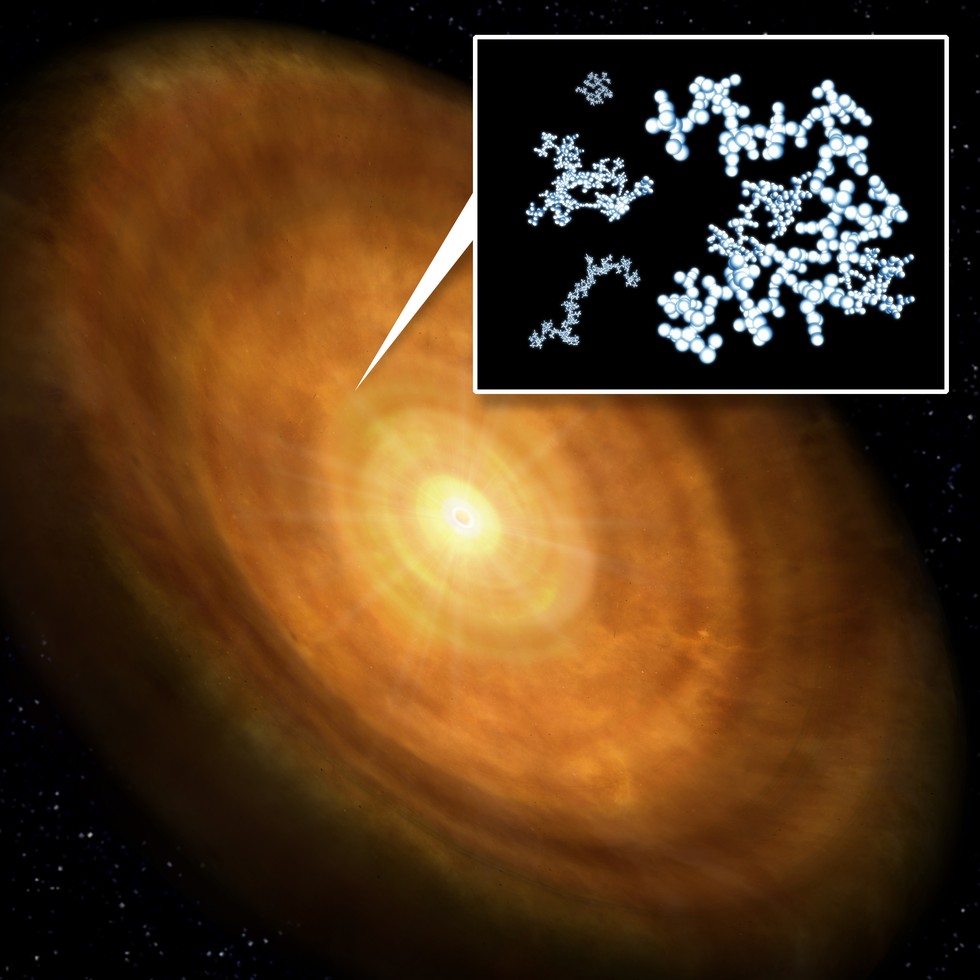Though this makes logical sense, many puzzles remain and astronomers still aren't quite sure how the gas and dust around young stars really forms planets. This issue is the basis of a decades-long mystery underlying planetary formation models, but we are closing in on some answers.
Now, the largest radio observatory on the planet has studied the light coming from a young star in an effort to understand the initiation of planet building and astronomers think they've added an important clue to the mystery surrounding the evolution of planets.
The Atacama Large Millimeter/submillimeter Array in Chile was used to study a specific type of polarization of radio waves coming from the 5-million-year-old star HD 142527. The star, which is approximately double the mass of our sun and located 500 light-years away, possesses a ring of dust and gas that astronomers believe forms the building blocks of a planetary system. But how this dust will turn from microscopic specks into huge rocky planets measuring thousands of miles across is a quandary.
 |
| ALMA observation of the dust ring surrounding HD 142527 |
Radio waves are emitted by the star and then scattered by particles in the ring. By looking at this scattered emission, information about the particles within the ring leave a "fingerprint." In this case, Kataoka was able to discern the size of the dust particles from their polarization fingerprint and he stumbled upon a surprise: The individual dust particles were a lot smaller than previous studies assumed. It turns out that the basic dusty grains from which planets will form are only 150 micrometers wide — that's roughly half the size of a grain of table salt and 10 times smaller than previous estimates.
This presents a problem with previous planetary formation models and also, possibly, points to a tantalizing planetary formation mechanism.
"In the previous studies, astronomers have estimated the size based on radio emissions assuming hypothetical spherical dust particles," said Kataoka in a statement.
 |
| The dust particles that form the building blocks of planets are not simple spherical particles, they are complex structures composed of many smaller dust particles according to new research |
Read more at Discovery News

No comments:
Post a Comment